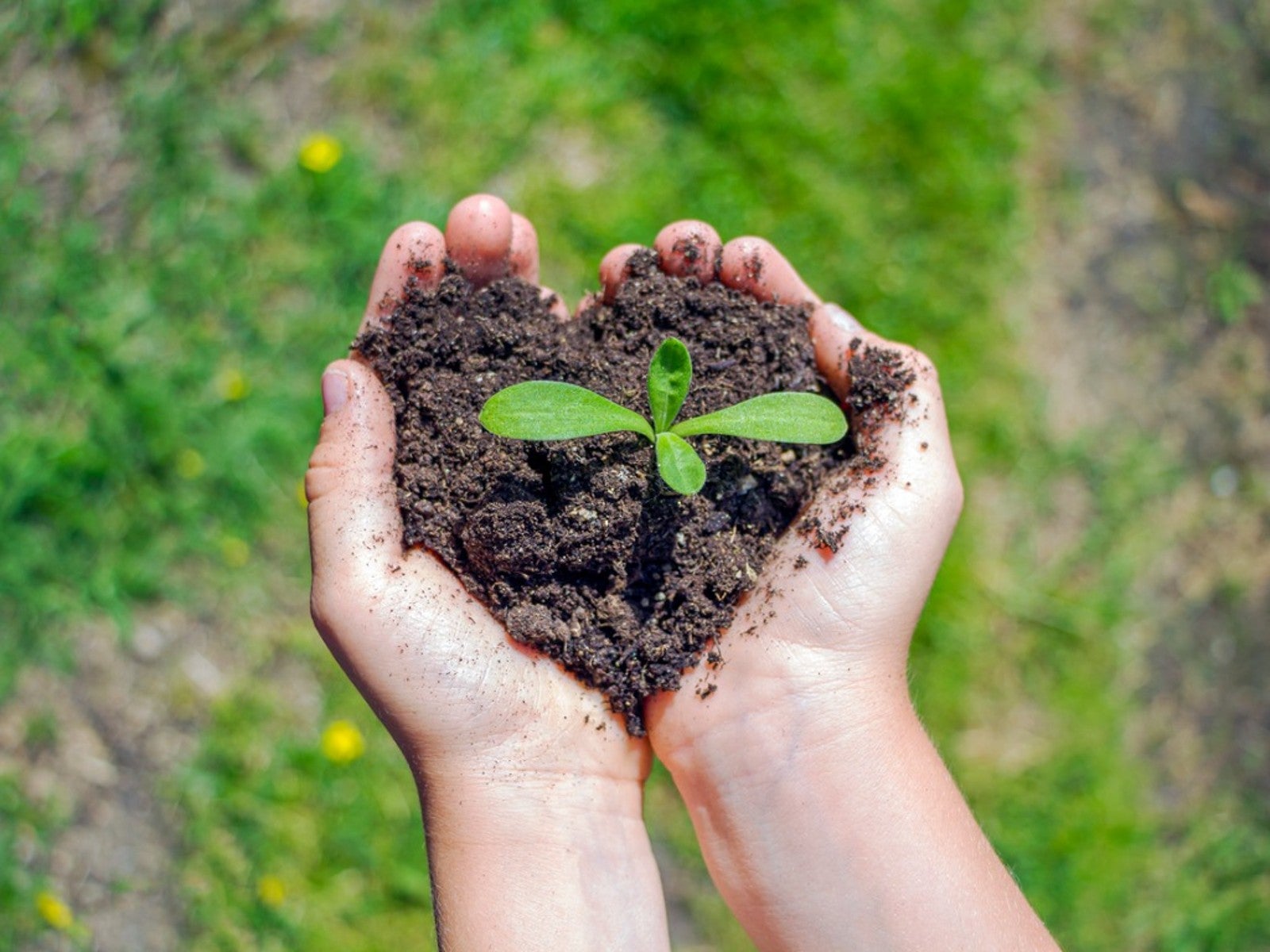How To Improve Soil Quality With Native Plants


Whatever the problem with your soil, introducing native plants can help. This may sound too easy, but it is generally a true statement. Native plants can assist with wet soil, poor soil, clay soil, and soil in need of erosion control. Wondering exactly how native plants can work these wonders, read on. We’ll lay out the happy truth about the benefits of planting native flora in your landscape.
Native Plants
Native plants have more than a few characteristics that make them beneficial to install in your garden. These are plants that already have experience growing in your region, either plants that are indigenous to the region or plants that have naturalized there over time. In either case, native plants are those that have existed in an area for many years and can include trees, shrubs, flowers, and grasses.
Most gardeners know native plants have adapted naturally to the climate and growing conditions of your local area. That means less work once they are established. Planted appropriately, native plants will not require much supplemental water, fertilizer, or protection against cold temperatures.
What Plants Improve Soil?
Good garden soil is both well-draining and rich in organic material. If you are looking for plants to improve soil quality, think native. Native plants can help with this goal thanks to their deep roots.
Deep roots not only anchor plants well in the soil, but they also break up clay soil. Heavy soil tends to be wet soil so you can use native plants for wet soil too. Their roots drop naturally between 10 and 15 feet (3-5 m.), depending on the species. That means that water can permeate the soil to that depth. Since one third of those roots die back every year, this organic matter is added to and becomes part of the soil.
In addition, some native plants (like legumes) take nitrogen from the air and fix it in the soil. Since native plants have learned to use the nutrients present in the natural soil to grow, you’ll be able to avoid chemical pesticides and fertilizers.
Native Erosion Control Plants
If water runs through your landscape carrying away topsoil, erosion control is an important issue. The native plants’ extensive systems of roots stabilize the soil, preventing erosion. Using native plants for erosion control is a cost-effective tactic that actually works.
Sign up for the Gardening Know How newsletter today and receive a free copy of our e-book "How to Grow Delicious Tomatoes".
Simply by installing native trees, shrubs, and grasses in your backyard, their deep roots serve to “anchor” the earth in place. Water is able to pass through the soil, rather than stream over it, eliminating the water/soil runoff.

Teo Spengler is a master gardener and a docent at the San Francisco Botanical Garden, where she hosts public tours. She has studied horticulture and written about nature, trees, plants, and gardening for more than two decades, following a career as an attorney and legal writer. Her extended family includes some 30 houseplants and hundreds of outdoor plants, including 250 trees, which are her main passion. Spengler currently splits her life between San Francisco and the French Basque Country, though she was raised in Alaska, giving her experience of gardening in a range of climates.